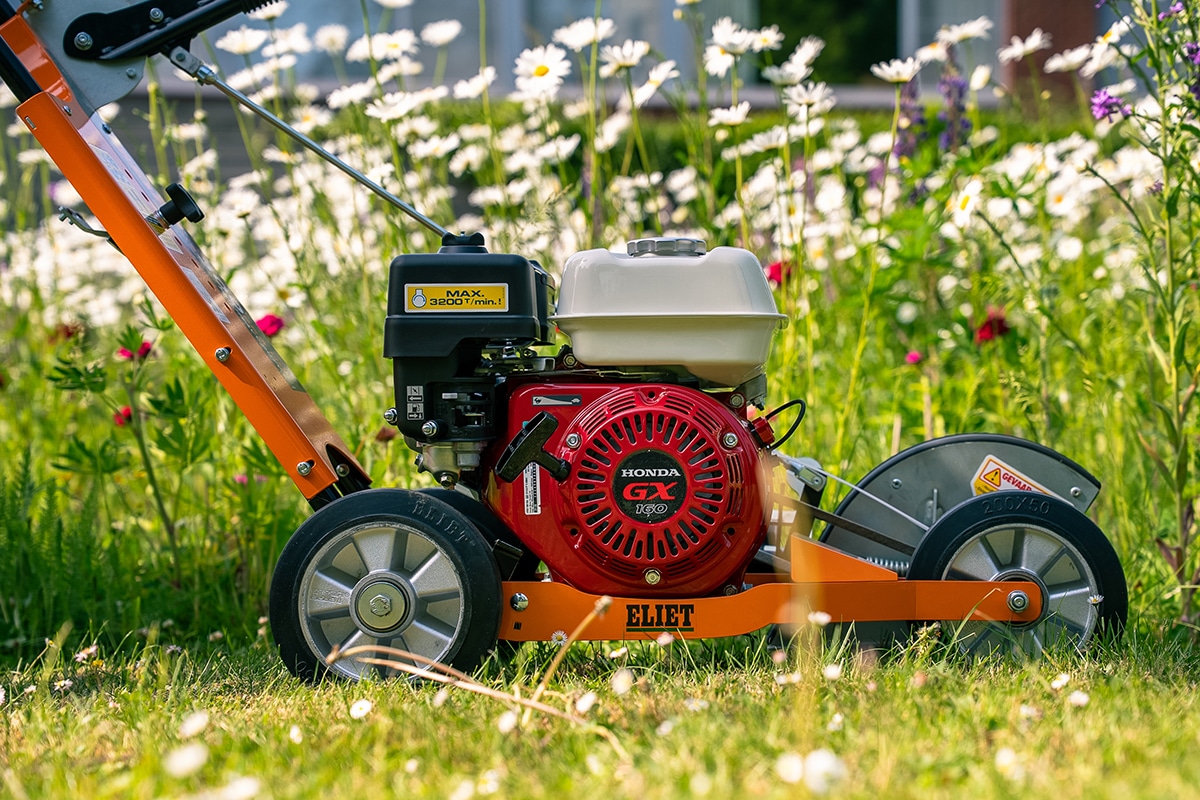
Husqvarna AI solution and index, HUGSI, provides new insights into urban vegetation
Turns out that urban areas worldwide are not getting greener on average but urban areas in Europe are greener than average. The city of Charlotte in North Carolina, USA was named Global Green Model City 2020, the greenest city in the world. But what about Brussels, last year's laureate in the 'best health of urban vegetation' category?
How green are the world's cities really? Are they getting greener or is urban densification also displacing valuable urban green space? HUGSI was created to help protect urban green space and provide stakeholders with unique data on the current state and evolution of vegetation. After all, green spaces are the lungs of the city. They improve air quality and contribute to stormwater and flood management as well as the physical and mental health of citizens.
What is a green city according to HUGSI?
By applying computer vision and deep learning techniques to satellite imagery, HUGSI provides insight into the current state and historical development of vegetation and its environment in urban areas.
The HUGSI 2020 Index provides insight into the green credentials of 155 cities in 60 countries rated on a number of green Critical Performance Indicators (KPIs):
- Percentage of green space in the city
- Percentage of urban area covered with trees
- Percentage of urban area covered with grass
- Vegetation health
- Distribution of green space
- Green space per capita
To score well in the index, selected cities must have healthy and well-distributed vegetation, with a high proportion within densely populated parts of the city. Trees are assigned twice the value of grass.
In a nutshell
Charlotte, North Carolina, USA was elected to Global Green Model City 2020 as the greenest city in the index this year. It scored highest on the percentage of green space, combined with a good distribution and health of vegetation. The honor of best-scoring European city this year fell to Vilnius, the capital of Lithuania.
The urban areas in Europe are greener than average, 45% versus the global average of 39%. European cities also expanded their green space by more than 40 million m².
What about Belgium?
We find Brussels, as the only monitored Belgian city, on the 73ste place in the overall ranking.
And where last year it held first place in the "best health of urban vegatation" category, this year we find our capital city here at a shared 7the place. It's not so much that the city came off so badly in this category as that many more cities were included in the HUGSI list this year.

All KPIs of Brussels and other included cities can be accessed at: www.hugsi.green.
The Husqvarna Urban Green Index was launched in 2019 as part of the Husqvarna Living City Congress in Gothenburg, Sweden, a gathering of international opinion leaders and industry and media professionals, all active around green space.



